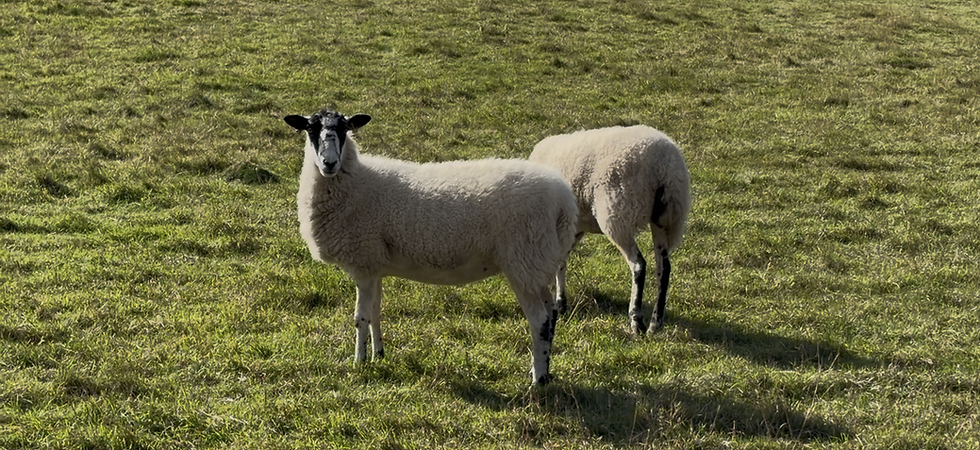STAR-RING THE STARLING: MATHEMATICAL MODELING OF SWARMING BEHAVIOR
- kradiganscience24
- Jan 13
- 3 min read
Tavishi
Rome is known for many things: the Colosseum, Catholics, Capitoline Hill, Caesar, and pizza. The most culturally significant of Rome's attractions, however, is easily the mesmerizing starling formations. As a Latin student, I know I should prefer the historical value of the place. But screw history, have you seen a starling swarm?

The formations made by swarming starlings are absolute incredible and mesmerizing- I'd highly recommend looking up a video. These flocks are called murmurations, and provide a fascinating opportunity to study topology with shiny birds! Starlings alter their movement within a murmuration based off of how their seven closest neighbors move. Starling behavior can be modeled using a boid program, which essentially just models how the birds move. Each bird is called a boid. For starling murmurations, a few assumptions are made prior to modeling- first, the birds remain in flight. Next, the birds do not want to collide with each other. The birds want to move in tandem with their neighbors. Formally put, the three assumptions that Boid programs make are: separation, cohesion, and alignment. Separation keeps birds from crashing into one another, cohesion keeps birds closer in one big group, and alignment keeps the velocity of each bird similar to its neighbors. https://eater.net/boids is a fascinating simulation of bird flocking behavior, using the assumptions above.

If you remember my post about Turing patterns (linked here! https://www.kradigan.org/post/turing-patterns) you also probably remember the concept of attractor-repeller systems. Starling movement can be simulated with two fractal sets, one acting as an attractor, and another acting as a repeller.
The attractor is what pulls the birds in a specific direction, and the repeller is what keeps the birds from crashing into each other. The attractor in this case is confirmed to be a strange, or chaotic, attractor. See the linked post above for a more in depth explanation of what a strange attractor is.

If you turn to the biology of flocking behavior, not just in starlings, the primary method by which birds keep themselves in a flock is vision. However, hormones tend to change how flocking occurs.
For example, male sex hormones like testosterone are known to cause aggression within birds, and also, to cause disruption to the flock. Birds with higher testosterone levels are more likely to not cooperate with the rest of the flock, and rather, want to fight with their peers.

Additionally, because the ecological basis of flocking is social behavior, obviously, some neurology is going to come into play. And obviously, the limbic system must be mentioned.
The limbic system is a series of structures within the brain that help with memory and emotion, and includes the hypothalamus, amygdala, septal nuclei, orbitofrontal cortex, and more. Among the limbic system, the lateral septum chiefly presides over social flocking behavior in birds.
The lateral septum is part of the septal nuclei, which are related in function to the nucleus accumbens. Interestingly enough, both places play a role in social behavior and pleasure responses. The lateral septum is stimulated chiefly by two neurotransmitters: GABA, which plays an inhibitory role, and glutamate, which plays an excitatory role.

Additionally, in birds, the lateral septum has receptors for two hormones: mesotocin and vasotocin. Mesotocin fulfills a role similar to oxytocin, and vasotocin takes up work similar to vasopressin.
Differences in stimulation within the lateral septum affect how birds behave socially- whether their values align with those of the flock, or whether they need to take some space to separate from their peers. Starlings tend to be rather gossipy birds- that's why they're called murmurations when in groups.
(There were three really, really bad jokes in that last paragraph. I hope you laughed.)




Comments